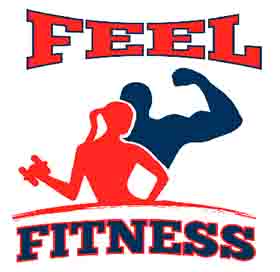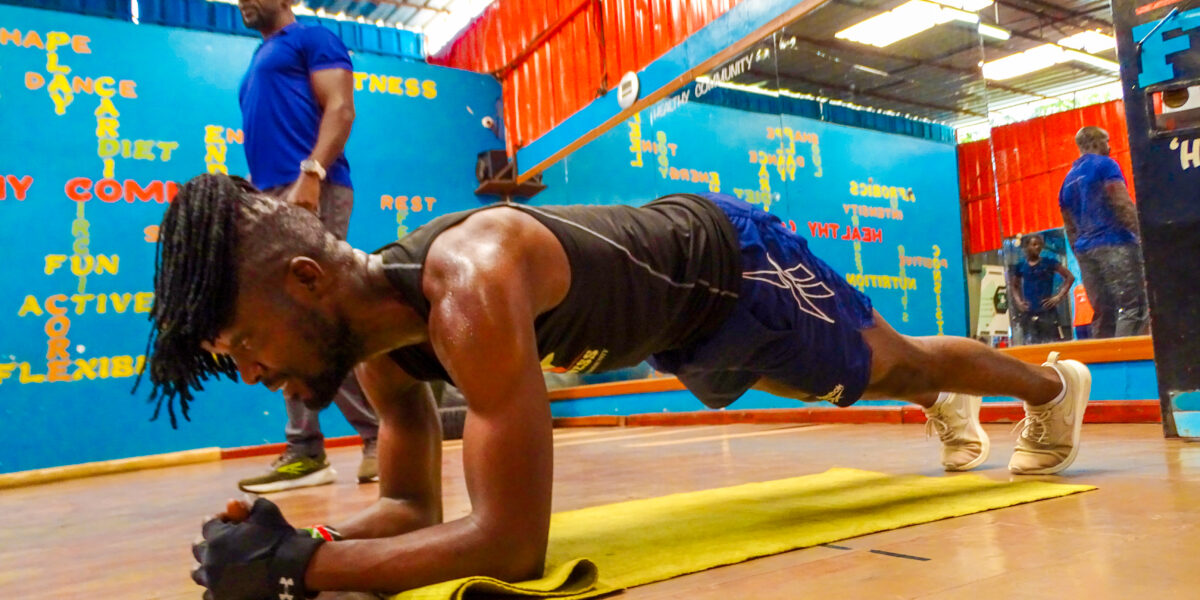Let’s settle this once and for all: Your abs were not designed just for beach photos. That six-pack might turn heads, but the real power of your core goes far beyond looking good in swimwear.
You learned everything you needed to know about your core before you could even walk. Babies don’t do crunches. They roll, crawl, balance, and eventually pull themselves up—and that’s exactly how core strength is naturally developed. So why do we lie on the floor like stranded turtles doing 100 crunches a day? Let’s rethink this.
What Your Abs Actually Do
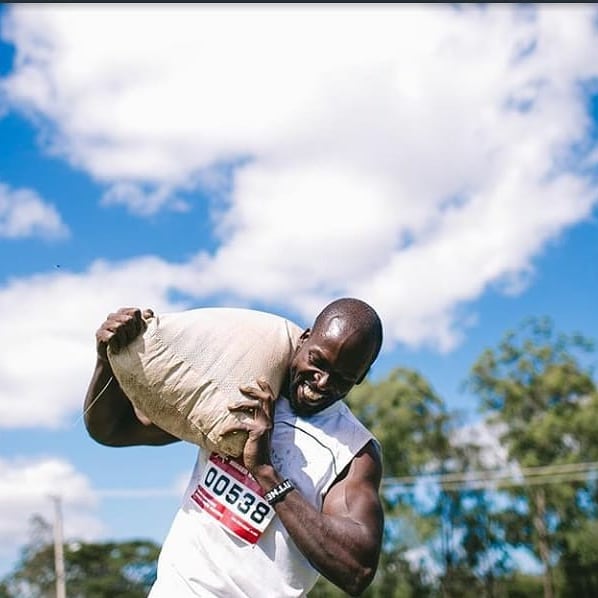
Your abdominal muscles are like your body’s transmission system. They transfer energy—from the ground up, through your legs and trunk, and out through your arms. Whether you’re lifting a sack of potatoes, dancing at a wedding, or sprinting to catch a matatu, your abs are working. In real-life movement, your abs don’t just squeeze and crunch. They lengthen and brace as your rib cage and pelvis twist and turn in opposite directions. It’s like a sophisticated tug-of-war—but in 3D. This is what turns your core muscles on reflexively—automatically, the way they were designed.
Know Your Abs (Because You Have More Than One)
Let’s break it down.
External Obliques
Your body’s rotational kings. They help you flex, twist, and side-bend. Think of them as your built-in turning signals.
Internal Obliques
These team up with the externals—think of it as “You go left, I go right” coordination magic.
Rectus Abdominis (The “six-pack”)
Looks fancy, but its real job? Stabilizing your spine, resisting that forward pelvic tilt, and keeping your torso in check when life throws in a sudden twist (literally).
Transverse Abdominis (TVA)
The deep core ninja—you don’t see it, but it keeps your insides tight and your spine stable like duct tape for your trunk. It is the famous one pack we all claim to have. Yeah, you actually don’t get to see it.
So… How Should You Train Your Core?
Glad you asked. If you want to train your abs the way they were meant to function, ditch the endless crunches and start doing things that make you:
- Move upright
- Rotate (or resist rotation)
- Use your hips, shoulders, and spine together
- Look and feel strong while doing everyday movements
Think: farmer’s carries, lunges with rotation, standing cable chops, med ball throws, or Turkish get-ups. These challenge your core in real-life ways.
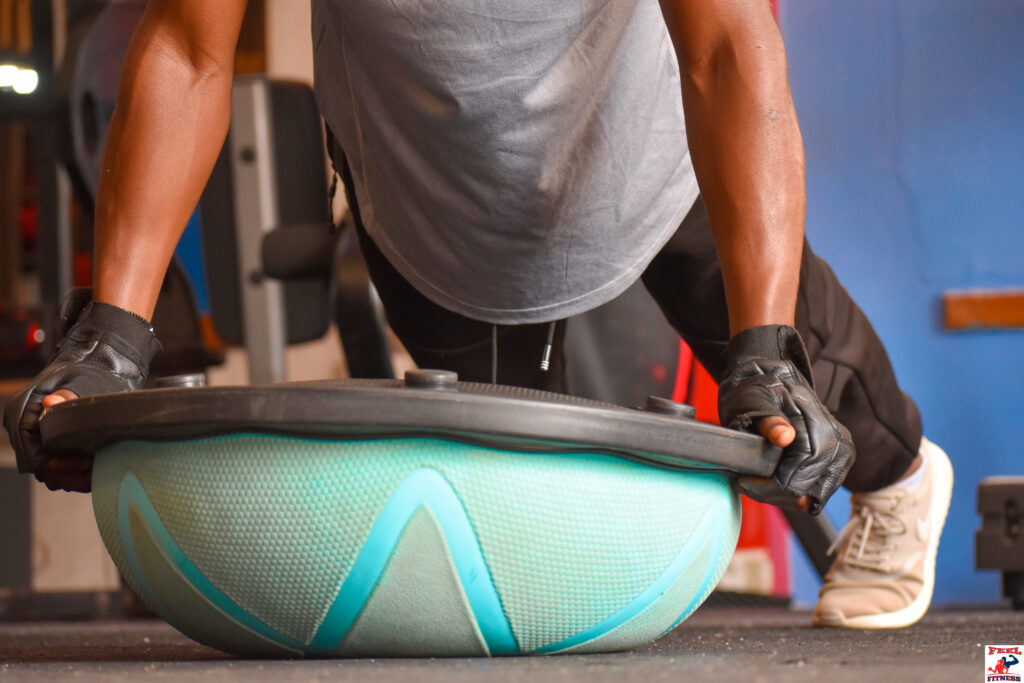
Crunches Aren’t “Bad”… They’re Just Not the Whole Story
Doing crunches to train your abs is like practicing how to swim… in a dry bathtub.
If you really want your core to support you in life, sport, and spontaneous dance battles, you’ve got to train it the way it naturally works: in upright, integrated, powerful movements.
Your Core Is Your Power Center.
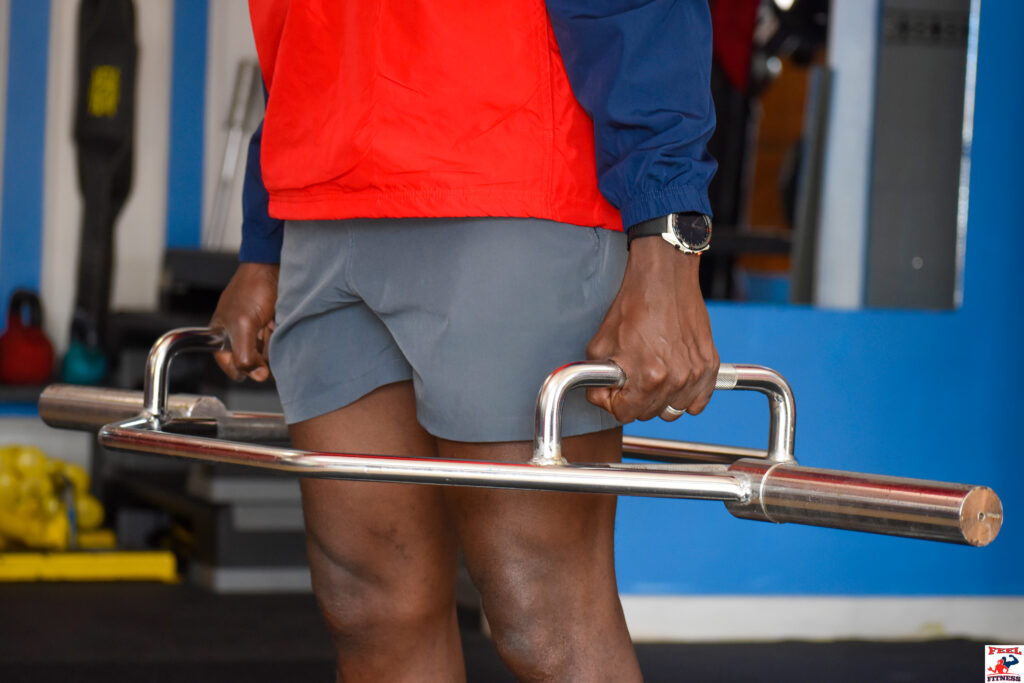
Your core is more than a flex in the mirror—it’s your stability system, your power center, your force transmitter. So go ahead, train it like it matters. Not just for aesthetics… but for movement, for strength, and for that moment you need to catch a falling child, push a wheel barrow in the farm, carry five grocery bags at once, or show up the young folks at the wedding dance floor.
Core Workout: “Train It Like You Use It”
Now that you know what your abs were actually made for, let’s get practical. Here’s a real-world core workout that reflects how your body moves—standing, rotating, stabilizing, and reacting.
As a fitness coach who’s helped everyone from teens to senior citizens, I’ve seen it time and again: the strongest cores don’t always come from crunches… they come from purposeful movement. When clients learn to stabilize, rotate, and resist force—everything improves: posture, power, pain reduction, and confidence.
Coach Philip.
Let’s get into it:
Warm-Up (5–7 minutes)
Prepare your nervous system for core engagement in motion. This is a reminder to your abs that it is go-time! You’ve got to wake them up.
- World’s Greatest Stretch with Rotation – 5 reps each side
- Bird Dog with Reach & Squeeze – 10 reps each side
- Standing Arm Swings + Hip Twists – 30 seconds.
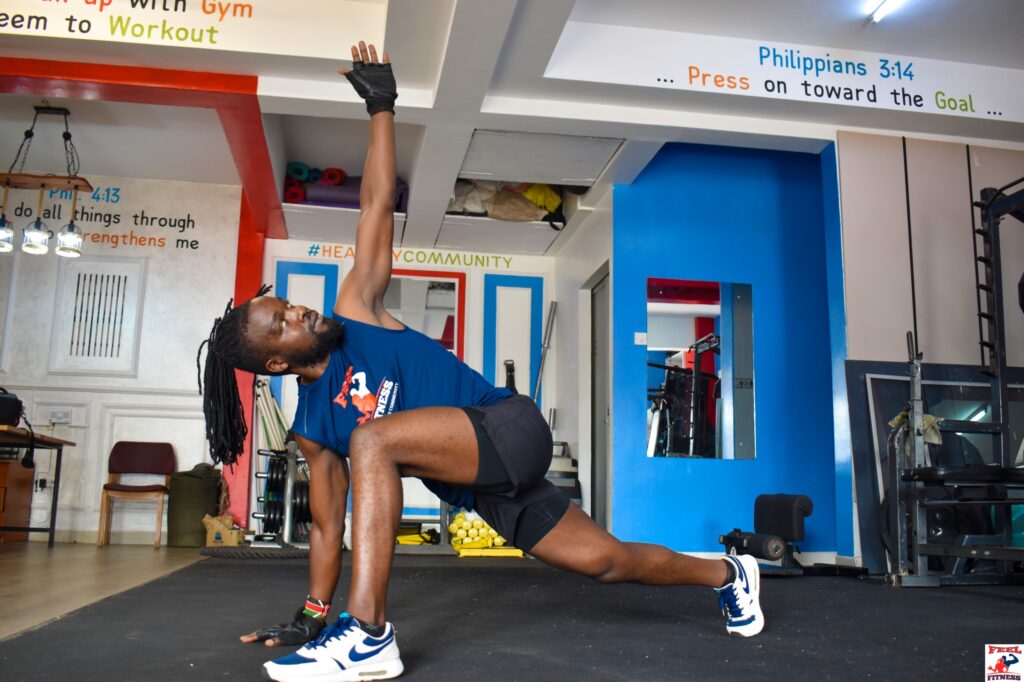
Main Workout (3 Rounds)
Focus on control, coordination, and full-body integration.
1️⃣ Single-Leg Balance with Arm Reach (Anti-Rotation)
30 seconds each leg.
Improves stability and brain-body coordination. It is one of my favorite tests. You will immediately know if your core is paying attention.
2️⃣
Kettlebell Suitcase Carry (Lateral Core Stability)
20–30 meters each side
Strengthens your obliques and posture muscles. You can also use a dumb-bell or a plate. This move humbled a rugby player once. Don’t be fooled—it’s simple but savage.
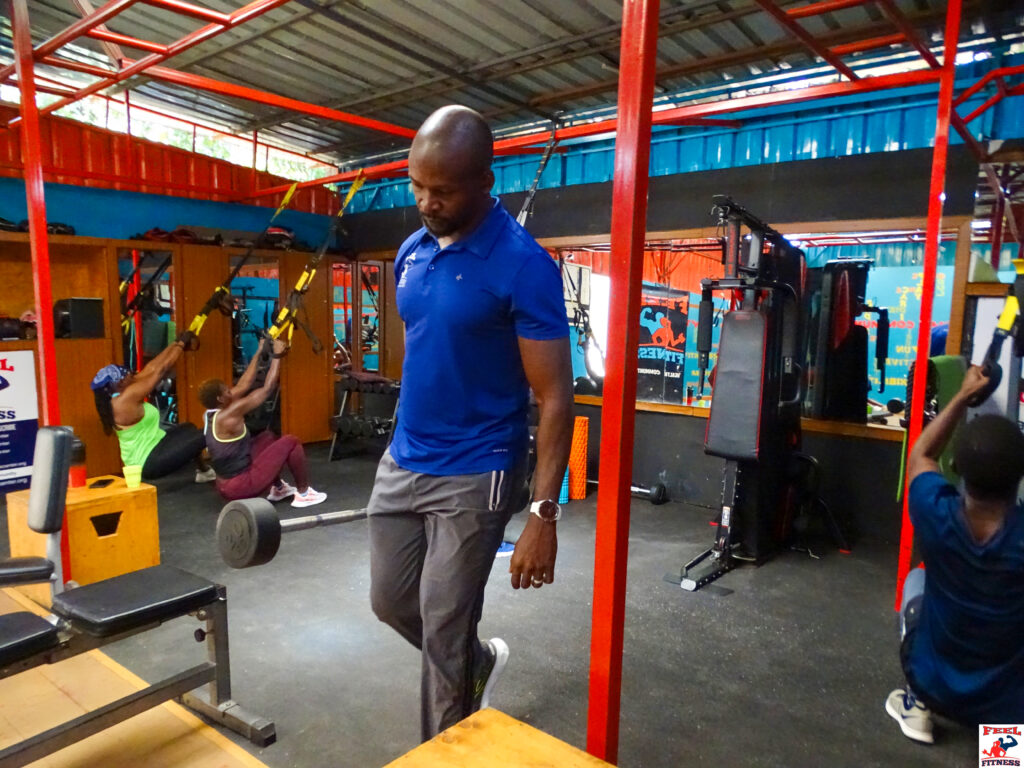
3️⃣ Standing Cable or Band Chop (Rotation)
10 reps each side
This move trains your body to channel power from the ground up through your trunk—like you’re chopping firewood for ugali, working the garden, or hoisting a bucket onto a high shelf. It’s rotational strength with a side of everyday survival. Less splinters, more strength.
4️⃣ Reverse Lunge with Rotation
8 reps each side of Reverse Lunge with Rotation — because life doesn’t move in straight lines. You’ll twist, shift, and stabilize just like you do when stepping back to dodge a forgotten stone or brick while holding a toddler and a shopping bag. Functional? Yes. Familiar? Ask any Kenyan parent.
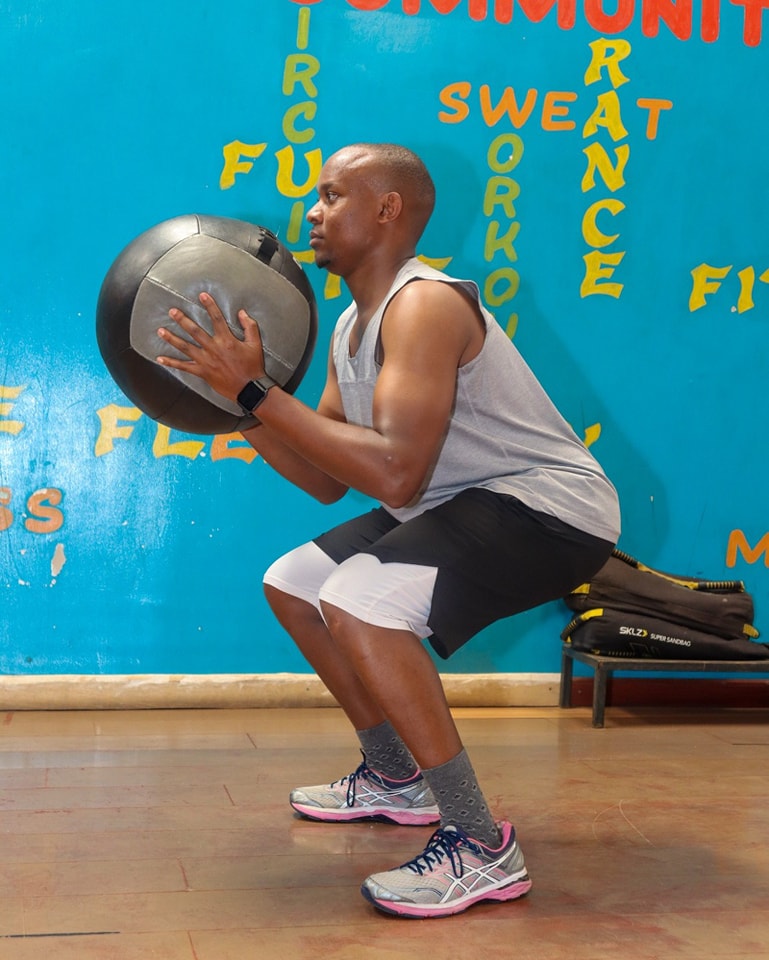
5️⃣ Medicine Ball Slams or Wall Throws.
10 reps of Medicine Ball Slams or Wall Throws — because sometimes the wall deserves it. It’s not just about explosive power or reflexive core control; it’s also a perfectly functional way to let off steam without scaring your neighbors. Therapeutic? Absolutely. Productive? Even better. The slam reconnects you with your primal power, channels your stress into strength, and reminds your body who’s in charge. Plus, it’s hard to overthink things when you’re hurling a ball into the earth or onto a wall above with everything you’ve got.
Cool-Down (3–5 minutes)
Bring the body back to baseline and reinforce relaxation.
- Supine 90/90 Breathing – 5 deep breaths
- Thread the Needle Stretch – 3 reps each side
- Pelvic Tilts or Happy Baby Pose – for mobility and joy.
Brace like someone’s about to punch you—not like you’re posing for a selfie. I coach all my clients—from corporate executives to active grandparents—to train their core for how they live, move, and play. This builds not just strength, but real-world resilience.
Coach Philip.
Final Thought
You don’t need fancy equipment or flashy moves to train your core—you need purpose, posture, and practice. So the next time someone asks what you’re doing skipping crunches? Tell them confidently: I’m training my core for life-not just for likes.
